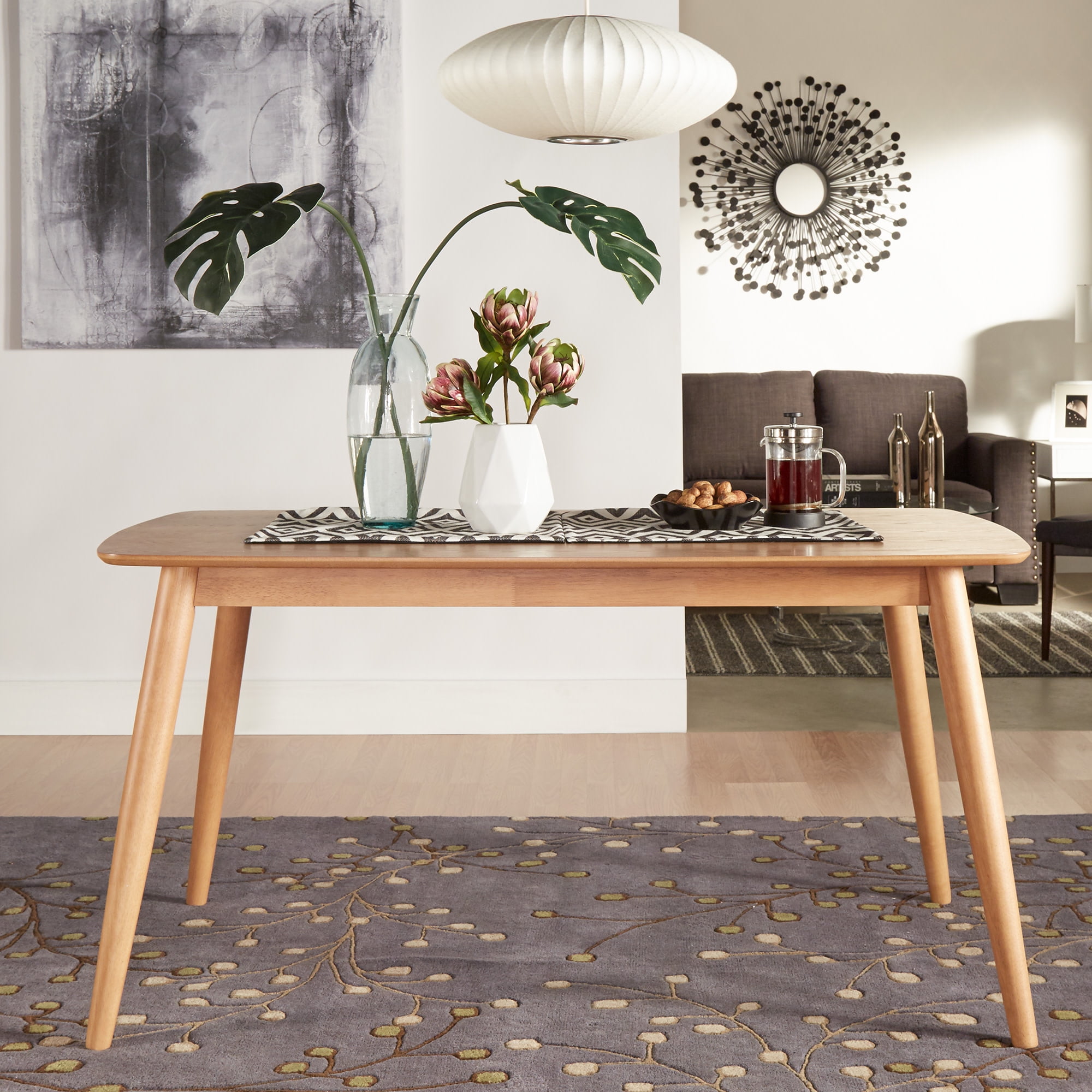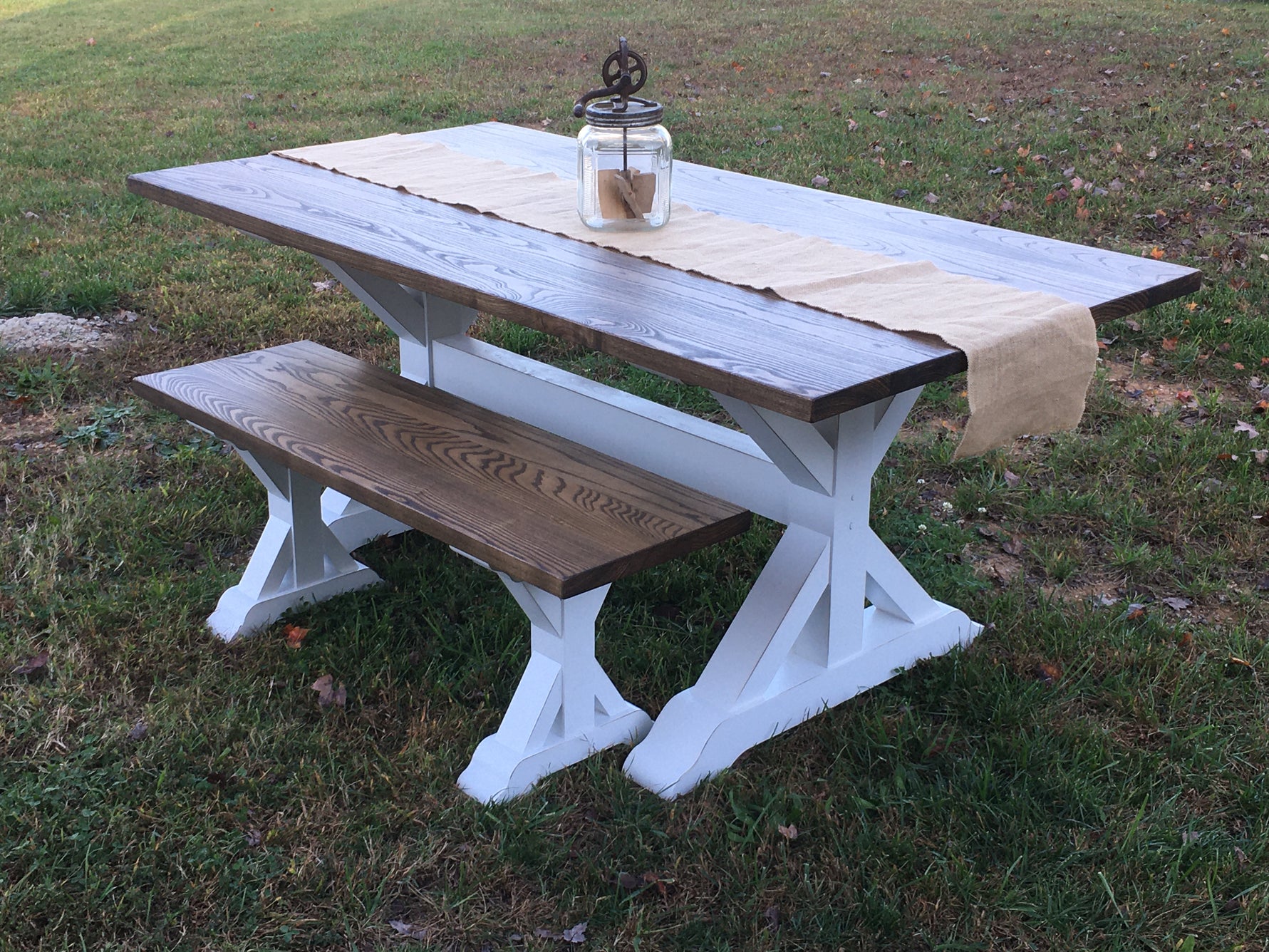Improve Your Dining-room's Aesthetic with High-grade Dining Table Legs Wood
Secret Elements to Remember for Table Legs Wood Choices
When picking timber for eating table legs, several important variables require careful factor to consider to ensure both functionality and aesthetic charm. The selection of timber type, identified by its sturdiness and special grain patterns, plays a pivotal function in the overall layout and durability of the item.
Timber Kind and Characteristics
When picking wood for dining table legs, it is vital to comprehend the special attributes of different wood types. Different timbers provide distinct advantages and disadvantages, influencing both the resilience and aesthetic charm of the finished product.
Oak, recognized for its remarkable durability, likewise includes a prominent grain that can include character to the table. Cherry wood, with its rich shade that strengthens over time, gives an elegant look but might call for even more maintenance to protect against scrapes.
On the other hand, softwoods like pine and fir are much more cost effective and less complicated to collaborate with, yet they are much less resilient than hardwoods. Pine is lightweight and includes a warm, rustic look, making it a preferred selection for casual eating settings. Nonetheless, it is a lot more prone to scratches and dents.
Understanding these qualities will aid in making an educated decision to ensure the legs of the dining table satisfy both aesthetic and useful requirements.
Grain Patterns and Aesthetic Appeal
Choosing the ideal grain pattern can substantially improve the visual allure of eating table legs. The timber's grain is not merely an aesthetic feature; it conveys an one-of-a-kind character and charm to every item. Various timber types show unique grain patterns, varying from the straight lines of maple to the elaborate swirls of oak and the striking figure of walnut. These patterns can evoke different styles, from rustic to contemporary, making it necessary to pick a grain that lines up with the overall design of the dining space.
Additionally, the alignment and scale of the grain can influence the viewed size and elegance of the table. Larger, much more pronounced grains might provide a strong, significant effect, while finer, subtler grains can create a fine-tuned, understated look. Furthermore, the finishing procedure can better enhance these patterns, highlighting the all-natural charm of the wood and drawing out rich hues.
Ultimately, the selection of grain pattern should harmonize with other style elements, such as the tabletop and surrounding furniture, ensuring a natural aesthetic that boosts the eating experience. Thoughtful selection of wood grain not just adds to the table's elegance but additionally reflects the proprietor's preference and style.
Toughness and Toughness
The sturdiness and toughness of dining table legs are paramount considerations for making certain durability and stability in any type of eating room. Selecting the appropriate timber is vital, as different types show varying degrees of durability. Woods such as maple, oak, and cherry are often liked for their integral toughness and resistance to wear. These products not only withstand everyday usage but also sustain heavy lots, making them ideal for eating tables that frequently accommodate numerous restaurants. Dining Table Legs Wood.

Eventually, buying premium timber and durable construction techniques will read here certainly produce a dining table that stands the examination of time, while providing a trusted foundation for many dishes shared amongst household and close friends. Focusing on longevity and toughness guarantees that your dining table remains useful and cosmetically pleasing for look at this website years to come.
Maintenance and Care
Proper maintenance and care are essential for maintaining the longevity and toughness of table legs made from wood. Regular cleansing is necessary; utilizing a soft, damp towel makes sure that dust and debris do not gather, which can cause scratches and monotony. It is a good idea to prevent severe chemicals or abrasive products that might damage the coating.
Furthermore, using an appropriate wood gloss or wax periodically can aid keep the sheen and protect the timber from moisture and spills. Nonetheless, it is important to follow the supplier's suggestions regarding the sort of product to make use of, as certain coatings may respond adversely to certain chemicals.
Moisture and temperature level changes can additionally affect wooden table legs, creating them to warp or crack. It's finest to position the table far from direct sunlight and warmth sources. If the table legs have any kind of scratches or dents, dealing with these without delay can prevent additional damages.
Finally, occasionally examining the joints and screws for rigidity is vital to maintain architectural honesty (Dining Table Legs Wood). By adhering to these maintenance techniques, house owners can guarantee their wood dining table legs stay useful and attractive for many years to come
Environmental Considerations
When selecting wood for eating table legs, it's vital to take environmental considerations into account. The sourcing and sustainability of wood are vital in decreasing ecological impact. Choosing wood from certified resources, such as those recommended by the Woodland Stewardship Council (FSC), makes certain that the hardwood is harvested responsibly, promoting forest preservation and biodiversity.

Furthermore, local sourcing of wood decreases transport exhausts, sustaining neighborhood economies while lessening environmental effect. It is likewise recommended to be knowledgeable about the wood's treatment and finishing procedures, as particular chemicals can be unsafe to both human health and wellness and the atmosphere. By focusing on sustainable wood options, customers can add to ecological conservation while taking pleasure in the longevity and elegance of their eating table legs.
Verdict
To conclude, choosing wood for eating table legs requires cautious consideration of numerous variables, including wood kinds, grain patterns, and toughness. The aesthetic allure of one-of-a-kind grain patterns can improve the overall layout, while the stamina of woods makes sure durability. Upkeep demands and environmental sustainability more influence timber choices, stressing the value of sourcing from certified or redeemed materials. An educated choice procedure eventually contributes to a visually enticing and functional eating space that lines up with sustainable techniques.
When choosing timber for eating table legs, several critical aspects necessitate mindful factor to consider to ensure both performance and visual allure.Proper maintenance and care are crucial for maintaining the resilience and stamina of eating table legs made from timber.When picking timber for dining table legs, it's important to take environmental factors to consider right into account. By focusing on lasting timber choices, consumers can contribute to ecological conservation while delighting in the longevity and charm of their dining table legs.
In final thought, choosing wood for dining table legs requires cautious factor to consider of numerous variables, including wood types, grain patterns, and resilience. Dining Table Legs Wood.